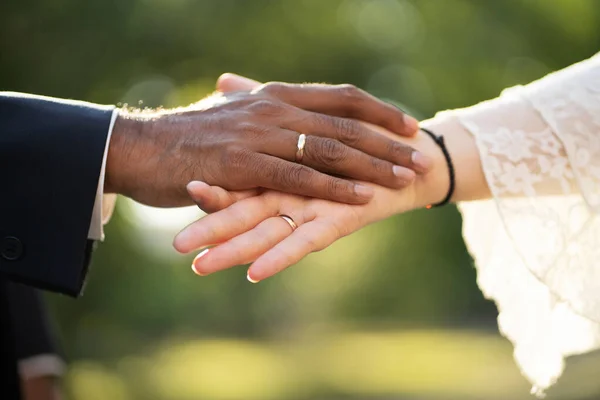Due to increased mobility and immigration in recent decades, many countries have become more multicultural than ever before. Such migration has created new mixed and blended cultural communities in many regions. Intercultural encounters on a daily basis are becoming common in workplaces and public areas. Consequently, intercultural romantic relationships and intercultural marriage statistics.
When people regularly meet people of other cultures, their appearance and behavior may look more familiar. The more they see others and the more they look familiar, the more they like them. The mere exposure effect makes others familiar, and cultural differences do not preclude interpersonal attraction and love.
Intercultural Dating in America
Men and women now have more opportunities to encounter prospective romantic partners from other cultures than they did in the past. Along with increased intercultural encounters, the likelihood of intercultural dating and marriage also increases. The legal issues impeding interracial and interethnic marriages have also been changed for the better. Therefore, the rate of intercultural romantic relationships has been substantially increasing in recent decades.
Intermarriages in America
Surprisingly, for a democratic country, marriage between different racial groups was banned as unconstitutional in the United States for a long time. Interracial marriages became legal in the United States only in the 1960s. The U.S. Supreme Court overturned miscegenation laws in the US in 1967. The subsequent expansion of interethnic romantic relationships in the following few decades was substantial.
The Modern Increase in Intercultural Marriage Statistics in America
Since 1967, interethnic marriages have increased in number, crossing borders and erasing boundaries. The rate of intercultural marriages has been steadily growing.
In 1967, when intermarriages became legal, only 3% of all marriages were between partners of a different race or ethnicity.
In 1980, the number of intermarriages was already at 7%.
In 2008, around 14.6% of new marriages were between partners of different races or ethnicities.
In 2015, the number of interracial and interethnic marriages reached 17%.
Basically, this means that while in 1980 there were about 230,000 newlyweds married to someone of a different race or ethnicity, in 2015 there were already more than 670,000 intermarried newlyweds.
Intercultural Couples in Committed Cohabiting Relationships
Besides the fact that interracial and interethnic relationships are common among newlyweds, they are also common among many cohabiting partners. Young men and women may continue to feel social pressure against interethnic marriage, so they may consider living together in committed cohabiting relationships.
Therefore, the frequency of interracial cohabitation can be even higher than that of marriage. For instance, in 2015, about 6% of cohabiting partners were in such informal relationships. Among those, 18% of these partners were of different races or ethnicities.
Overall, one can estimate that the total number of intermarried people in the US who lived together in 2015 was around 11 million. That accounts for around 10% of all married people. For comparison, in 1980, there were about 3 million, or 3% of married people, who had a spouse of a different race or ethnicity.
Thus, we see that, currently, a higher number of young men and women in America are willing and ready to have intercultural relationships and marry someone of a different race or ethnicity.
Public Attitudes Toward Intercultural Marriage in the USA
Two major factors have driven these dramatic changes in the number of intercultural marriages. First, the changes occurred because of the weakening of longstanding negative cultural attitudes against intermarriage. Second, the changes happened because of a multi-decade surge of immigration from Latin America and Asia.
The public media has also changed the depiction of interethnic relationships. Public sentiment has slowly become more accepting of interracial relationships. Public openness toward interracial relationships increases gradually but steadily.
The tendencies in interethnic dating attitudes are shifting toward greater approval and engagement in interethnic relationships, especially with young adult and adolescent populations. Scholars argue that there are individual and societal benefits to engaging in and maintaining close relationships with members of different ethnicities (e.g., Jacobson & Johnson, 2006; Jones, 2011; Knox et al., 2000; Troy, Lewis-Smith, & Laurenceau, 2006).
